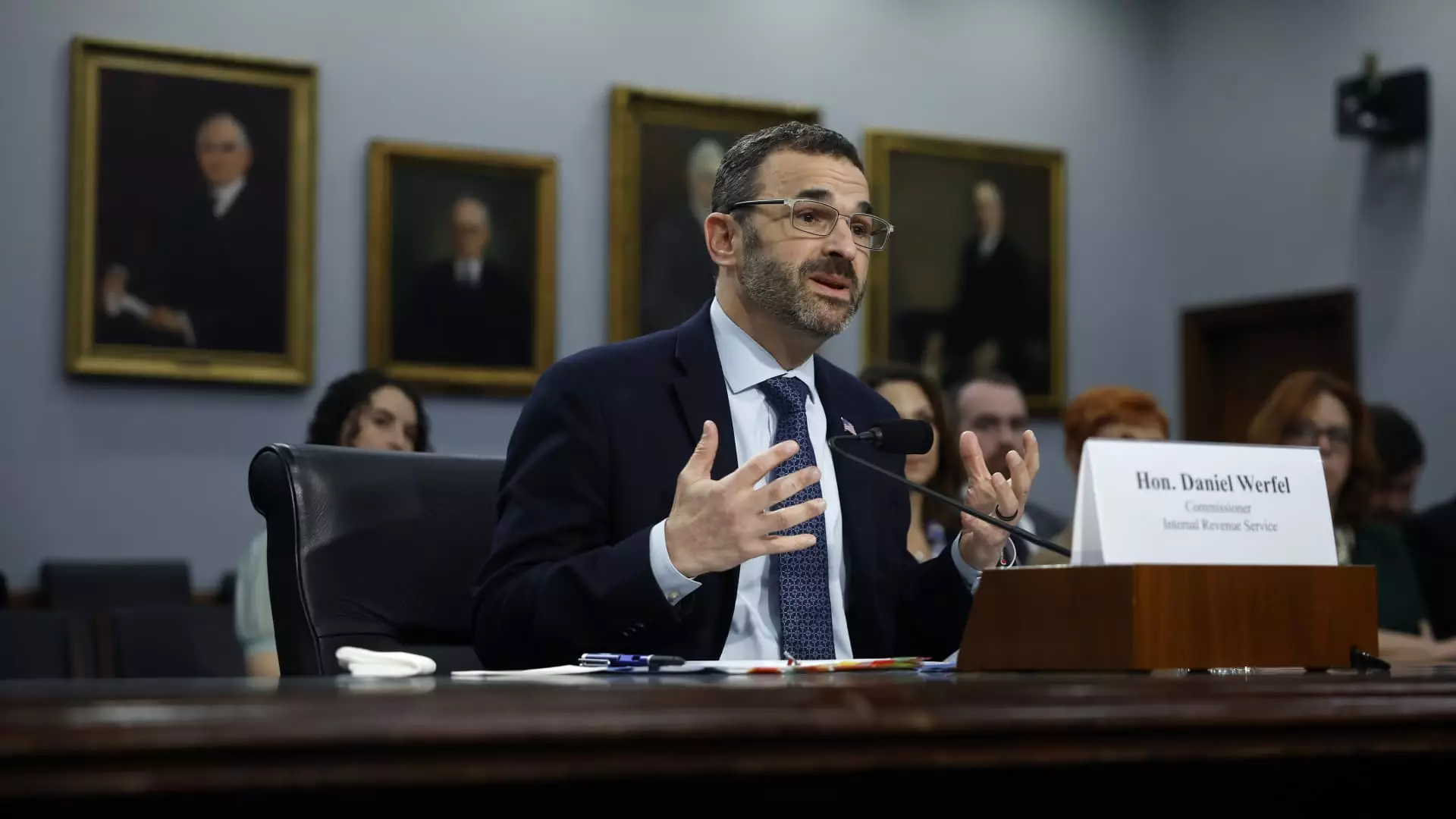The U.S. Department of the Treasury and the IRS recently celebrated a significant milestone of collecting over $1 billion in tax debt from high-income individuals in the past year. This achievement was hailed as a major success by Treasury Secretary Janet Yellen, emphasizing the importance of targeting those making above $1 million annually with substantial tax debt.
With ample funding received and plans to expand its scrutiny, the IRS aims to generate up to $851 billion through 2034 by investing in enforcement, technology, and data. This strategic approach has proven to be effective in maximizing returns on investment and improving overall tax collection efforts.
Despite the IRS’ progress and success in collecting tax debt from high-income earners, there is still criticism from congressional Republicans about the recent funding in the Inflation Reduction Act. However, IRS Commissioner Danny Werfel highlighted the significant difference in tax collection outcomes before and after the infusion of funding, showcasing the positive impact of increased resources and staffing.
Audit rates for taxpayers earning $1 million or more have significantly decreased over the years, prompting the U.S. Government Accountability Office and the U.S. Treasury Inspector General for Tax Administration to scrutinize the IRS’ high-income audit process. The emphasis is now on eliminating zero-balance-due audits and improving the efficiency of audit selection processes to ensure tax compliance among high-earning filers.
In addition to targeting high-income individuals, the IRS and Treasury recently unveiled plans to close a major tax loophole utilized by large, complex partnerships. This crackdown is expected to raise $50 billion in tax revenue over the next decade, further demonstrating the government’s commitment to enhancing tax collection efforts and closing gaps in the system.

